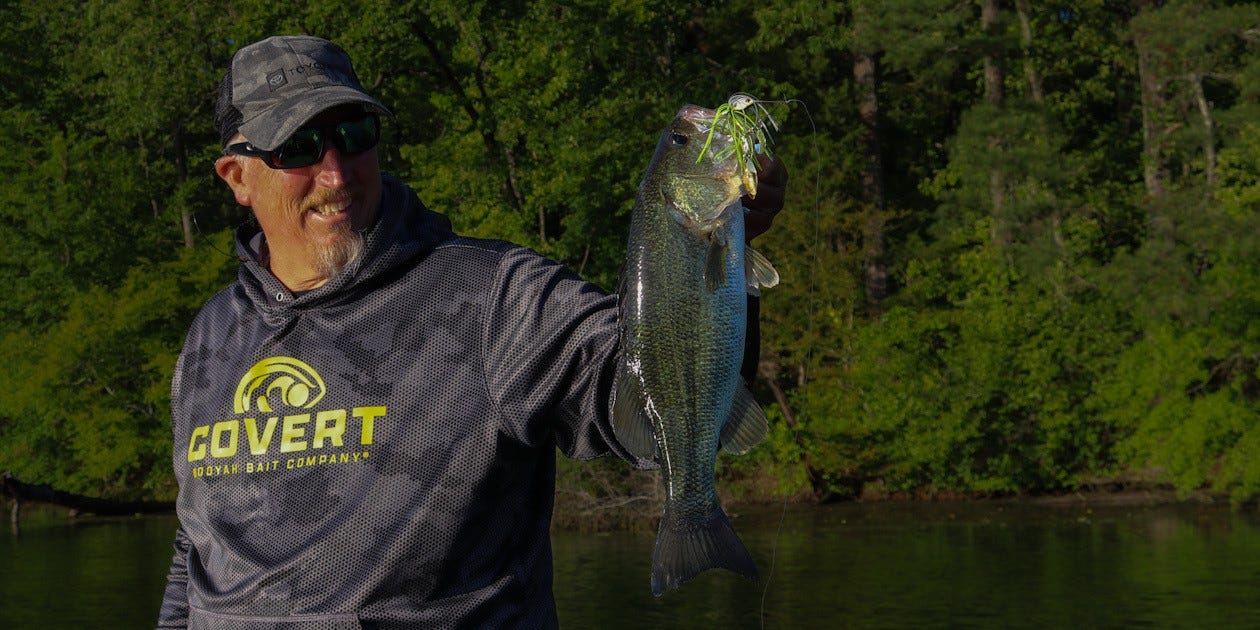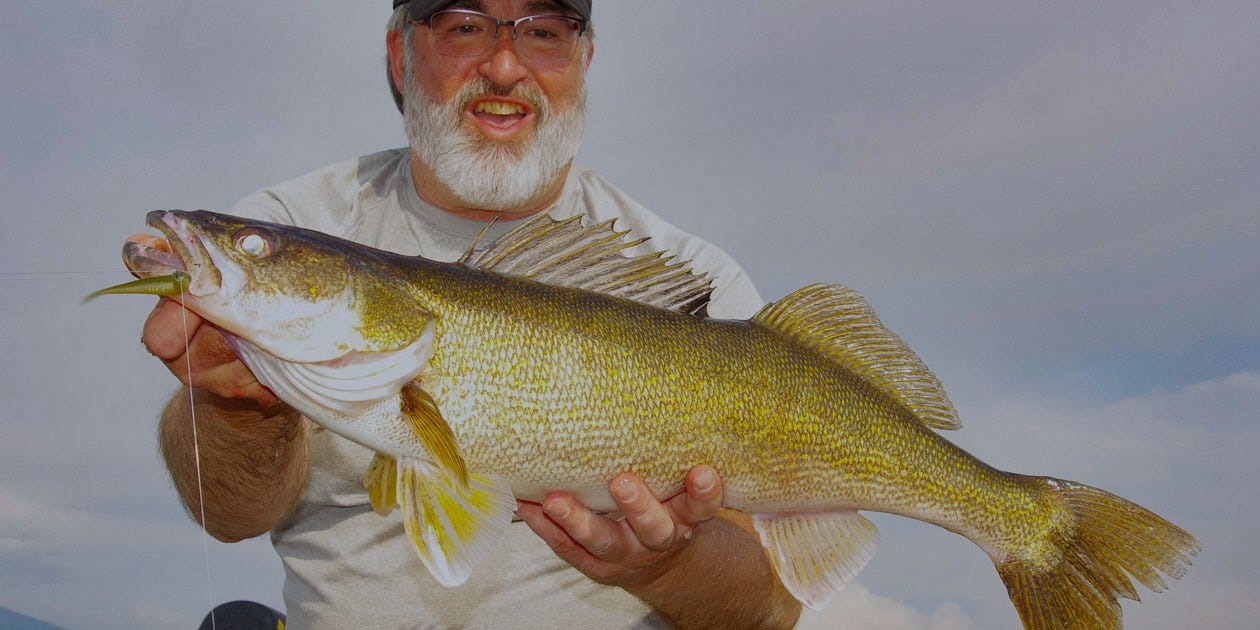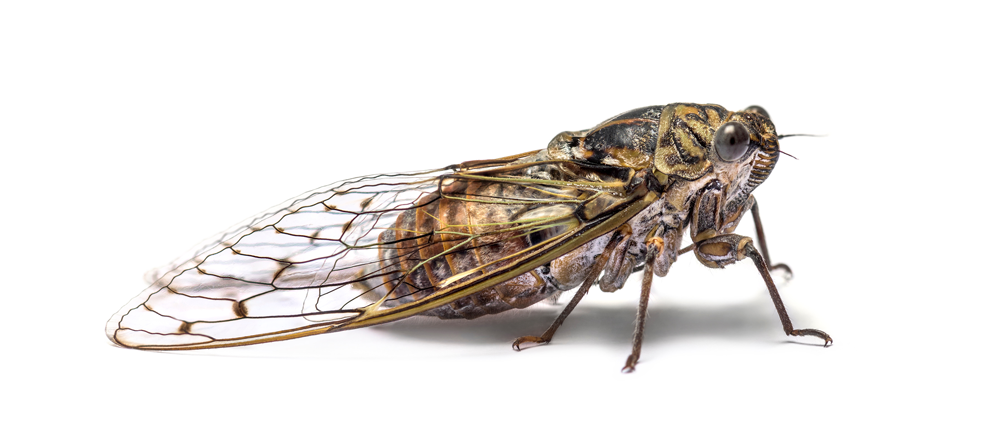- Aug 18, 2023
Use a Slip Float Rig for Late Summer Panfish
A slip float or slip bobber allows you to effectively target bluegills, crappie, perch and other panfish species when late summer conditions hold many fish a little deeper.
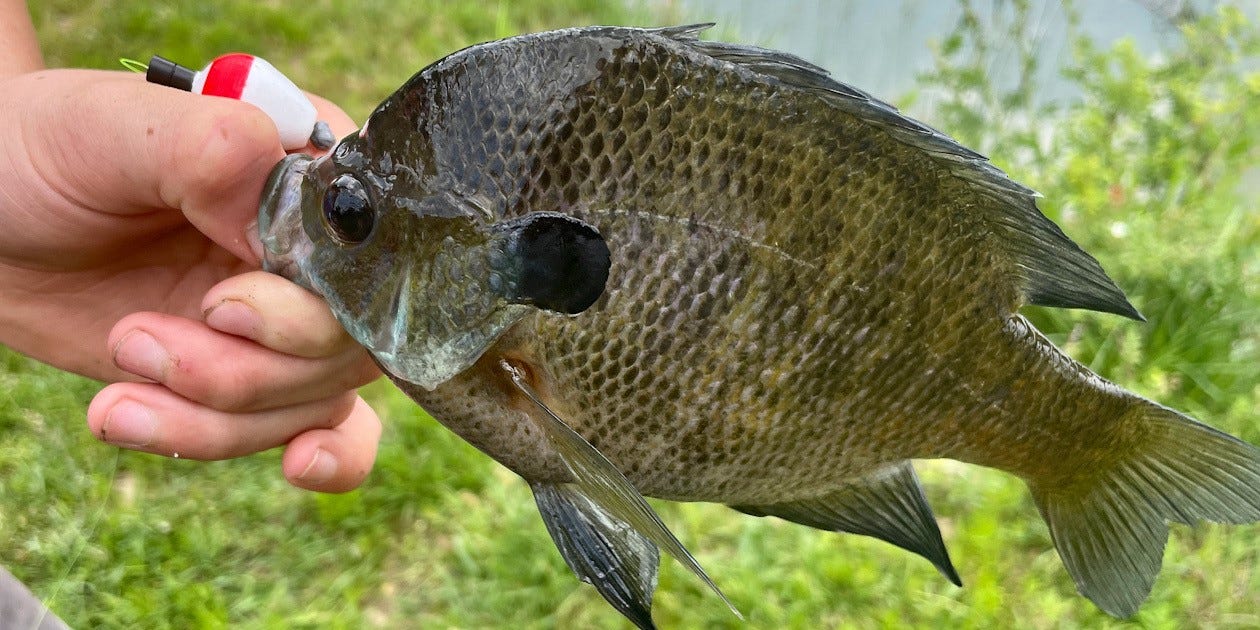

Having landed a cast just off the steep side of a point, I watched as my bobber stop slid to my float and the float stood up. A moment later, the float darted sideways and then shot out of sight, and I set the hook into yet another stout bluegill. The slip float set-up was perfect for the day, as it often is this time of year.
Panfish of several varieties, including bluegills, crappie and yellow perch, provide fine fish catching opportunities during late summer, often with the fish congregated. Consistent summer fishing success begins with presenting baits accurately among the fish, and often a slip float rig provides the perfect means for making accurate presentations.
Some anglers avoid slip floats – also called slip bobbers – due to uncertainty about rigging. The rigging steps are simple, though, and the benefits of a slip float for presenting various kinds of offerings are huge. Let’s take a closer look.
Why a Slip Float
A slip float has a hole through the center of the float so the float can “slip” freely up and down the line. A “bobber stop,” above the float and tight on the line in a strategic location, stops the float from sliding any farther, thus controlling the depth of the presentation.
Like any float, a slip float allows you to make a still or slow presentation at a specific controlled depth and to know what’s happening at the business end. What sets apart a slip float is that you can cast the rig effectively whether it’s set for 2 feet deep or 20 feet deep because the float slides all the way down to your lure or weight when you are getting ready to cast. With a set float it’s very difficult to cast if the bait and float are more than about 4 feet apart.
The warm water that persists late in the summer causes fish of many kinds to hold deeper than during spring or fall. Bluegills and their close cousins, including shellcrackers, redbreast and pumpkinseeds, commonly hold at the deep ends of laydowns and docks, the steep sides of points, outer edges of weedbeds and other spots that are just a bit too deep for set float casting. Crappie commonly hold on brush or pole timber along creek channel edges this time of year, while perch are often atop the deep ends of points and deep humps and along deeper weed edges. A slip float allows you to reach all these fish.
The slip float approach becomes extra important for fishing from the bank, where it’s not possible to set up directly over fish. It also allows you to make slow, controlled presentations near channel drops or weed edges, keeping the bait at the ideal depth the entire time.
Rigging a Slip Float
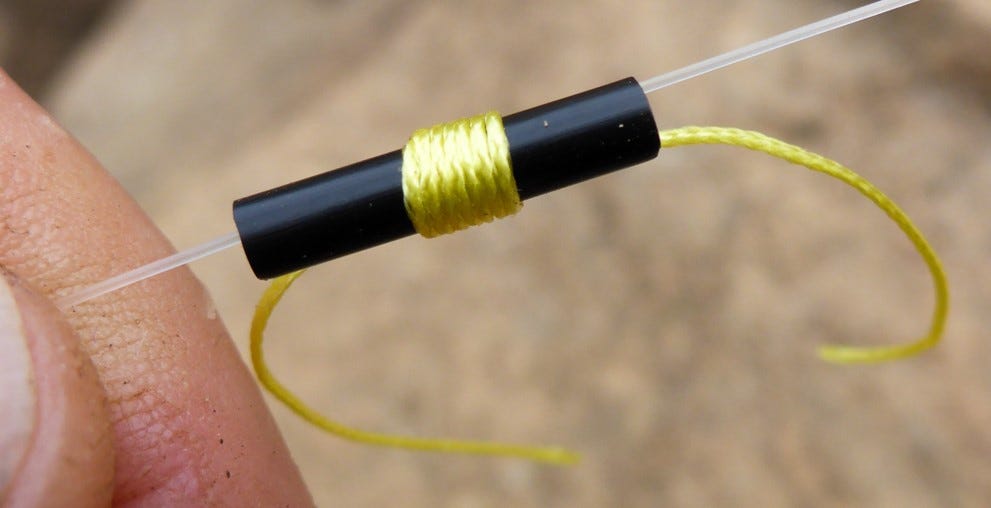

The bobber stop goes on the line first. These come in various forms, but the slip knot style of Thill Premium Bobber Stops is easy to use, goes through line eyes well, and stays in position. These come tied on an applicator tube. Just slide the tube onto your line, slip the knot off, snug it just enough to stay on the line, and remove the tube. These Bobber Stops also come with a bead, which goes on the line next, to keep the knot from slipping into the hole in the float.
Next, add the float, running the line through from top to bottom, tie on your hook or lure, and pinch any necessary split shot onto the line between the float and the hook.
Once the pieces are in place, simply move the stopper the appropriate distance up the line to set the lure depth, tighten the knot by tugging on both string ends and trim the strings, leaving enough tag end to re-snug the knot, if needed.
For setting the bobber stop depth, it’s easy to “eyeball” anything less than about 5 feet. For any distance up to twice the length of your rod, the rod itself provides handy reference. For example, if your rod is 7 feet long and you let out just enough line to align your hook with the butt end of the rod, you know that if the stopper is at the rod tip, it’s set for 7 feet. If you slide the stopper to the reel, that’s about 13 feet, based on a 1-foot rod butt. With that for reference it’s easy to estimate anything in between or a handful of feet deeper, for that matter.
For deeper settings, start with the known distance of two rod lengths. Then, holding the stopper knot in one hand and the line in the other, count estimated pulls of one or two feet.
Thill Fantastic Foam Floats
Thill recently released its Fantastic Foam Floats series, which provides a very cost-effective and durable float solution for anglers. This series, available now on Lurenet and at a growing number of retailers, includes floats for a huge range of situations, including slip and set models and a host of shapes, sizes, colors and configurations for different situations.
Cigar Slip, Cigar Peg Slip and Pear Slip models provide good applications for most panfishing situations, with the Cigar Peg Slip in the two smallest sizes arguably having the broadest application. It’s a good idea to have a few sizes available to get the best balance based on the amount of weight at the end of your rig. The Pear Slip models work well for dancing a small jig without moving the rig away from a key spot.
One note, unless you have bobber stops, be sure to order a pack or two to rig with your slip float.
Bait Options
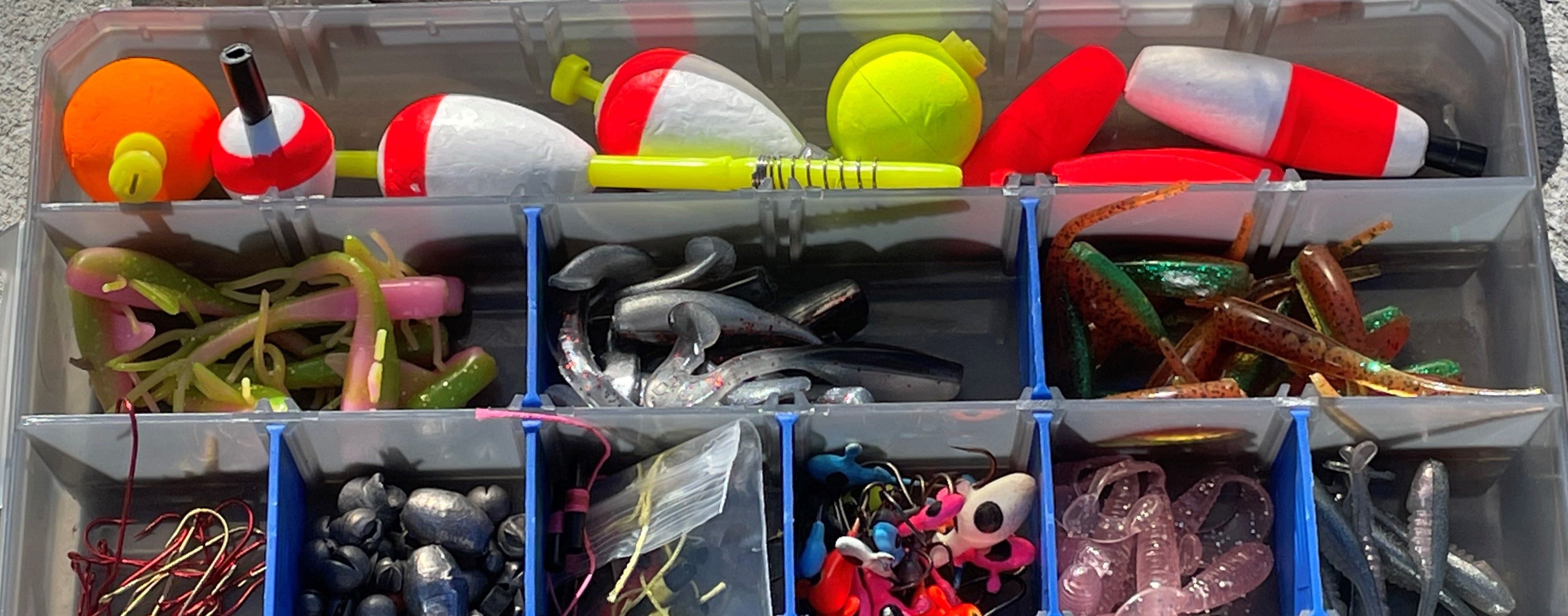

For multi-species panfishing, it’s tough to top a tiny jig with natural action, like a Bobby Garland Itty Bit Slab Hunt’R or Itty Bit Swim’R on an Itty Bit Jighead. Just be sure to add enough split shot (or a larger crappie jig above it) to have sufficient weight to pull the line through the float and get the bait to the proper zone.
If you’re specifically targeting crappie, a tandem rig with a Bobby Garland Baby Shad and an Itty Bit, with the Baby Shad fished on a 1/16-ounce jighead, is tough to top. And don’t feel like you need to add a bunch of action. Just pulling or twitching the rod tip from time to time or even letting the bait move only from whatever ripple is on the surface is often all you need.
For added flash, an overlooked option is to fish a 1/16-ounce Lindy Quiver Spoon or Rattl’n Quiver Spoon beneath a float. Designed for ice fishing, these baits wobble and flash enticingly with only the slightest amount of movement. They work extra well when you want to work an edge or otherwise cover water with a slip float rig. Let the spoon sink to its prescribed depth and then work it with short gentle rod sweeps, which cause the spoon to rise and fall and perform its slow, flashy dance.
Finally, you can suspend live bait, either on a small jig or a long-shank hook. Crickets, where still available, work great for bluegills, as do waxworms. Minnows are by far the most popular live-bait option for crappie. Small worms, like redworms, work well for yellow perch and for the “anything that bites” approach, although crappie don’t tend to be very interested in worms.

